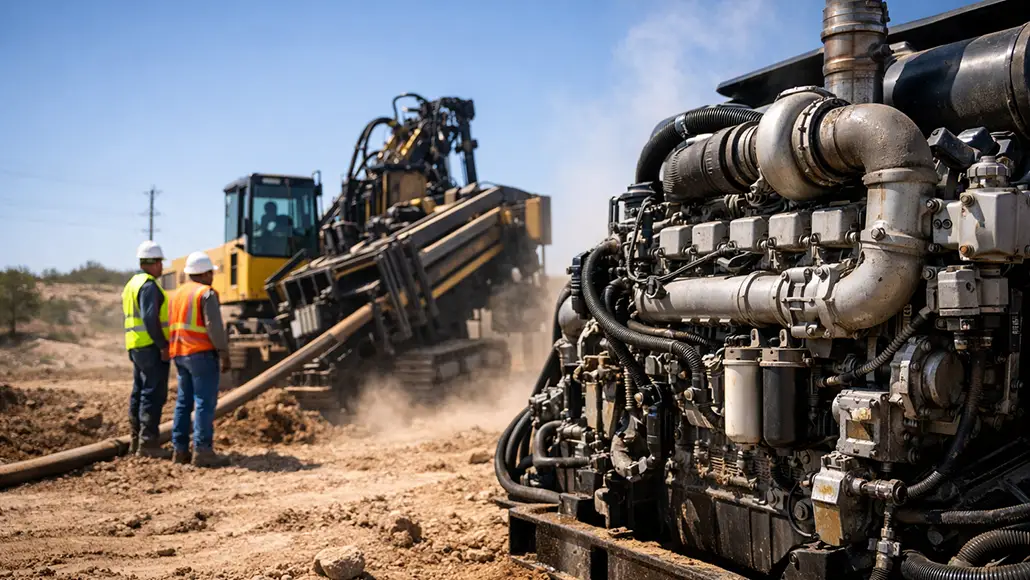New Texas Segment Approved for Future I-27 Ports-to-Plains Corridor
The ultimate plan for the interstate, designated in 2022, is to extend from Mexico to Canada.

The Texas Department of Transportation has given the green light to designate 4.2 miles of new interstate as I-27.
The new expansion of I-27, called the "Ports-to-Plains Corridor," will extend from Lubbock to Lamesa. The new I-27 numbering was approved by Congress in 2023 and is planned to provide an interstate link between the Mexican and Canadian borders. I-27 is currently designated for 124 miles.
The TxDOT’s Transportation Commission approved the change September 26, saying the designation will “facilitate the flow of traffic, promote public safety and maintain continuity of the state highway system and is necessary for the proper development and operation of the system.”
The American Association of State Highway and Transportation Officials recommended approval of the request of the I-27 extension in November, and last month, the Federal Highway Administration approved the inclusion of the 4-mile segment on the Interstate Highway System. The designation covers five projects constructed in 1987, 1988, 1999, 2011 and 2017.
The new stretch of interstate will run concurrently with U.S. Highway 87 from the current I-27 terminus in Lubbock to 0.1 mile north of County Road 7500. New I-27 signs will soon be installed.
“This designation breathes new hope into our vision in San Angelo, Texas,” said Brenda Gunter, San Angelo mayor and the chairwoman of the I-27 Advisory Committee. “Approving this designation is not just symbolic but a critical first step toward making construction of the I-27 system in Texas a reality.”
The path to this designation began with President Joe Biden signing the $1.5 trillion federal appropriations for 2022, which included the designation of a future Interstate 27 to run from Texas to New Mexico. The corridor – referred to as the Ports-to-Plains Corridor – will extend down to the Mexican border and ultimately to the Canadian border in future phases.

 machineryasia
machineryasia 






